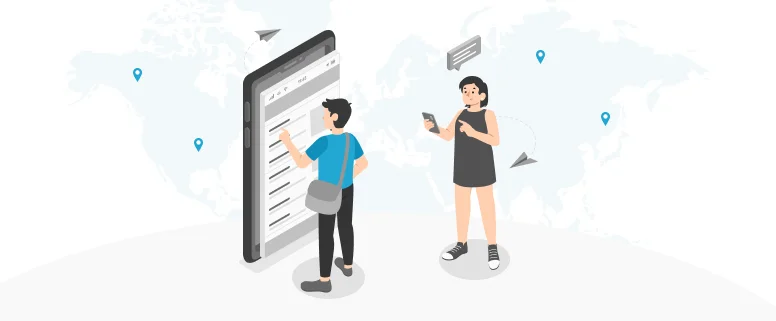Bahasa Indonesia:
Indonesian is the standardized and official language of Indonesia, on the other hand, has been strongly influenced by both Portuguese and Dutch occupation.
For example, immigration in Indonesian – “imigrasi” – takes a distinctively Dutch form (“immigratie” in Dutch). Indonesian also has a tendency to modify incorporated vocabulary. Some vocabulary that may have a similar root or sound among several languages
Furthermore, there are specifi c words that have very different meanings in each language. For example, “budak” in Malaysian means “children,” but in
Indonesian it means “slave.” Polisi in Malaysian takes the English pronunciation and means “policy” (such as an insurance policy). In Indonesian, however, it means “police.” But the Indonesian word for policy is “polis,” which is the Malaysian word for police.
It is commonly said that Indonesians can understand Bahasa Malaysia, but Malaysians have difficulty understanding Bahasa Indonesia. This is often attributed to the greater number of words borrowed from Portuguese and Dutch, as well as a greater number of indigenous languages that have shaped local vocabulary and speech patterns.
Written Language:
Both modern Malaysian and Indonesian use a Roman alphabet called Rumi (Rumi means Roman), although Indonesian uses a different orthography and incorporates accent marks, both commonly found in the Dutch and Portuguese languages.
Back in the 15th and 16th centuries, during the height of Muslim influence, there was an Arabic-based writing system called Jawi. Slowly, however,
European colonization of the area made the Latin alphabet the primary orthography. Although Jawi still exists today, mostly as a co-official writing system (with Rumi) in Brunei, efforts are being made to preserve Jawi script and revive its use among Malays in Malaysia.
All in all, Rumi is written in Roman/Latin letter, Jawi is another type of writing for Malay. Jawi lettering is like Arabic lettering, but written in Malay language. Most of Malay text we see is in Rumi.
Therefore, it is important to clarify what your client really wants, Bahasa Malaysia or Bahasa Indonesia, written in Rumi or Jawi.
It can save both you and your client a lot of trouble and make things going smoothly. It is also a good chance to show your specialty to your client.








